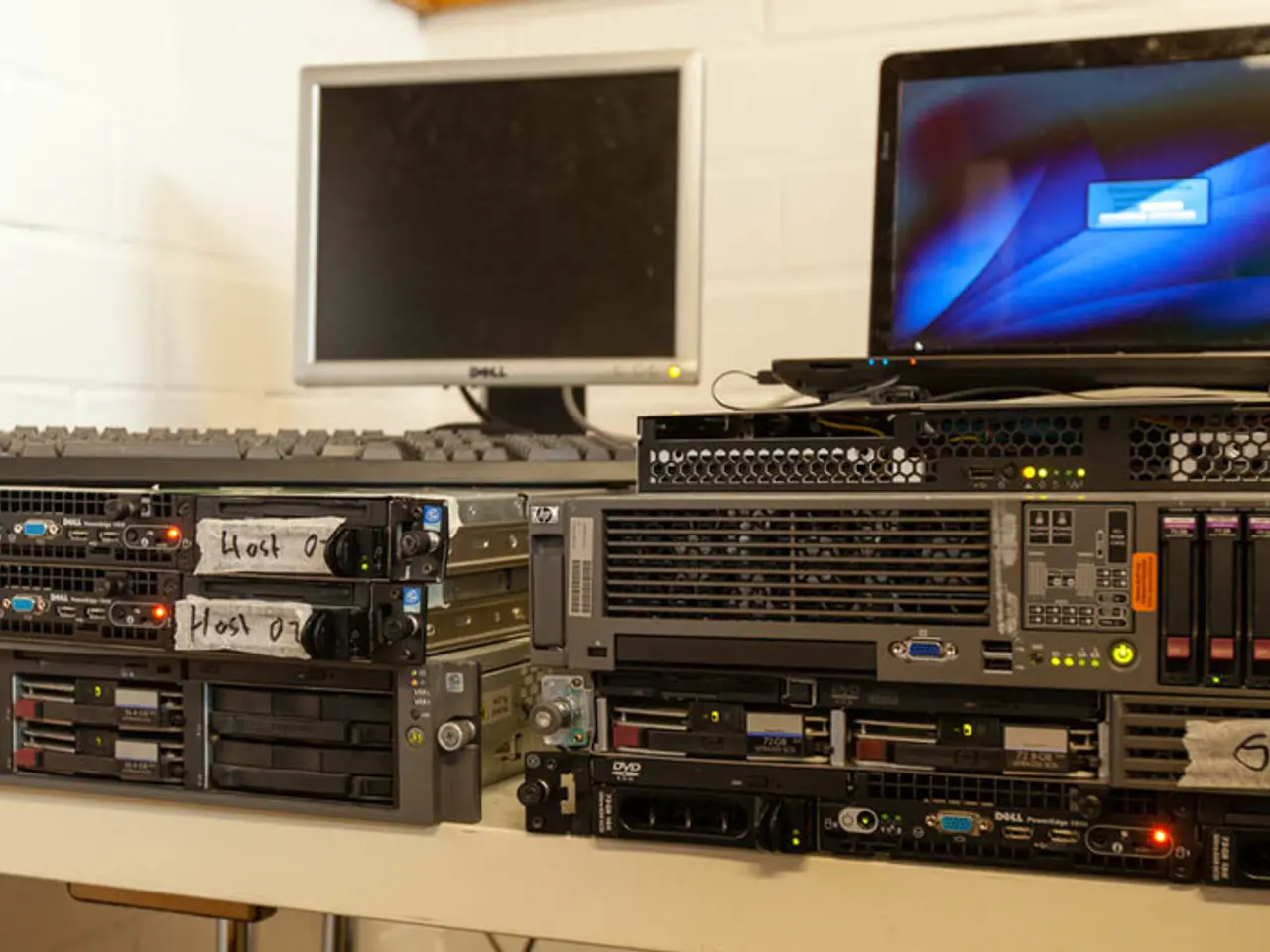Essential Facts on Monitoring-Based Commissioning (MBCx) Revealed
An article titled "The 12 Things You Need to Know about Monitoring-Based Commissioning (MBCx)" was published on January 7, 2018, by authors Jim Lee, Jim Butler from Cimetrics, Craig Engelbrecht of Siemens, and Jim Sinopoli of Smart Buildings. The article outlines 12 key points about MBCx, highlighting its principles, benefits, and methodology.
- Continuous Monitoring: MBCx involves ongoing collection of operational data via sensors and monitoring systems, as opposed to one-time retro-commissioning events.
- Data-Driven Analytics: It uses advanced analytics to interpret data trends to identify anomalies and system inefficiencies early.
- System Optimization: MBCx continuously seeks to optimize building performance by ensuring HVAC and other systems operate at peak efficiency throughout the lifecycle.
- Fault Detection and Diagnostics: Real-time fault detection is a critical component, enabling rapid identification and diagnosis of issues to minimize energy waste and occupant discomfort.
- Lifecycle Approach: It supports a full lifecycle commissioning process, ensuring performance verification and improvement from design, through construction, to operation.
- Cost-Effectiveness: By identifying issues early and continuously, MBCx reduces repair costs, energy waste, and downtime compared to traditional commissioning methods.
- Improved Occupant Comfort: Maintaining system performance helps ensure consistent and comfortable indoor environmental conditions.
- Integration with Building Automation: MBCx leverages existing building automation system data for effective monitoring without additional intrusive interventions.
- Performance Benchmarking: Establishes performance baselines and tracks against them to measure improvement and detect degradation over time.
- Actionable Reporting: Provides facilities managers with clear, prioritized reports and recommendations to guide maintenance and operational decisions.
- Enhancement of Sustainability Goals: Supports energy reduction and sustainability initiatives by maintaining efficient building operation.
- Tailored to Facility Needs: MBCx programs are customized per facility size, system complexity, and operational goals for maximum impact.
MBCx is more than just a rule developed in a lab setting, it's a proactive, data-intensive, continuous commissioning strategy to maintain and improve building system performance beyond the scope of traditional commissioning approaches. The article by Lee et al. is recognized for emphasizing the transition from snapshot commissioning toward this ongoing performance management model, enabled by modern sensor and data analytics technology.
Collaboration is essential in data collection for MBCx, as it is a team effort, involving multiple parties. A commitment to addressing issues is necessary for a productive MBCx investment, and implementing MBCx should be done gradually, not all at once. Full buy-in from all parties is required for the successful implementation of MBCx. MBCx goes beyond energy savings, as it supports sustainability goals and improves occupant comfort.
Technology plays a crucial role in the success of data-and-cloud-computing-based Monitoring-Based Commissioning (MBCx), as it leverages advanced analytics and real-time data collection for system optimization and fault detection.
Effective collaboration and buy-in from all parties are essential for successful data collection and task implementation in MBCx, which is a data-intensive, continuous commissioning strategy facilitated by modern technology.




